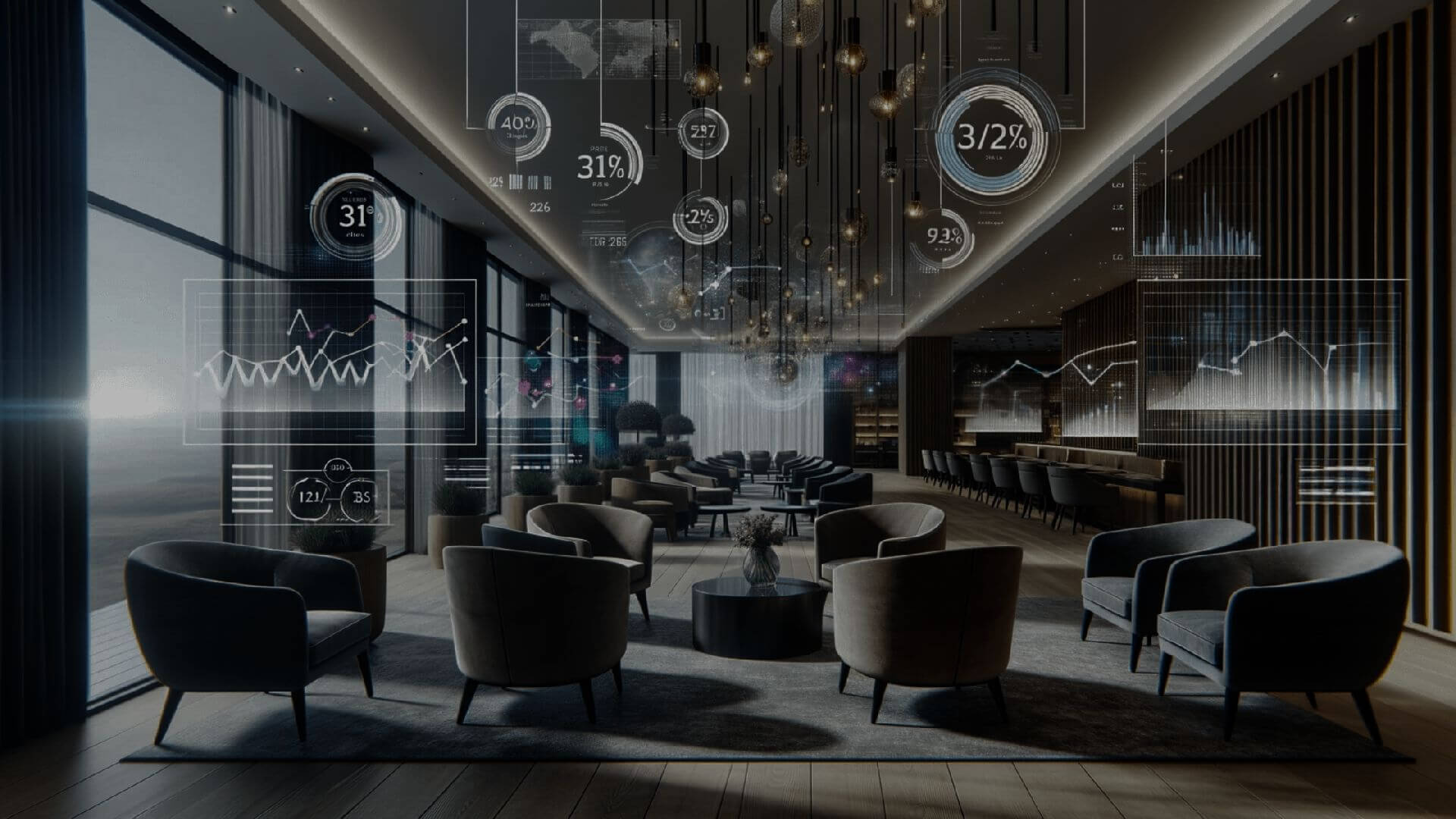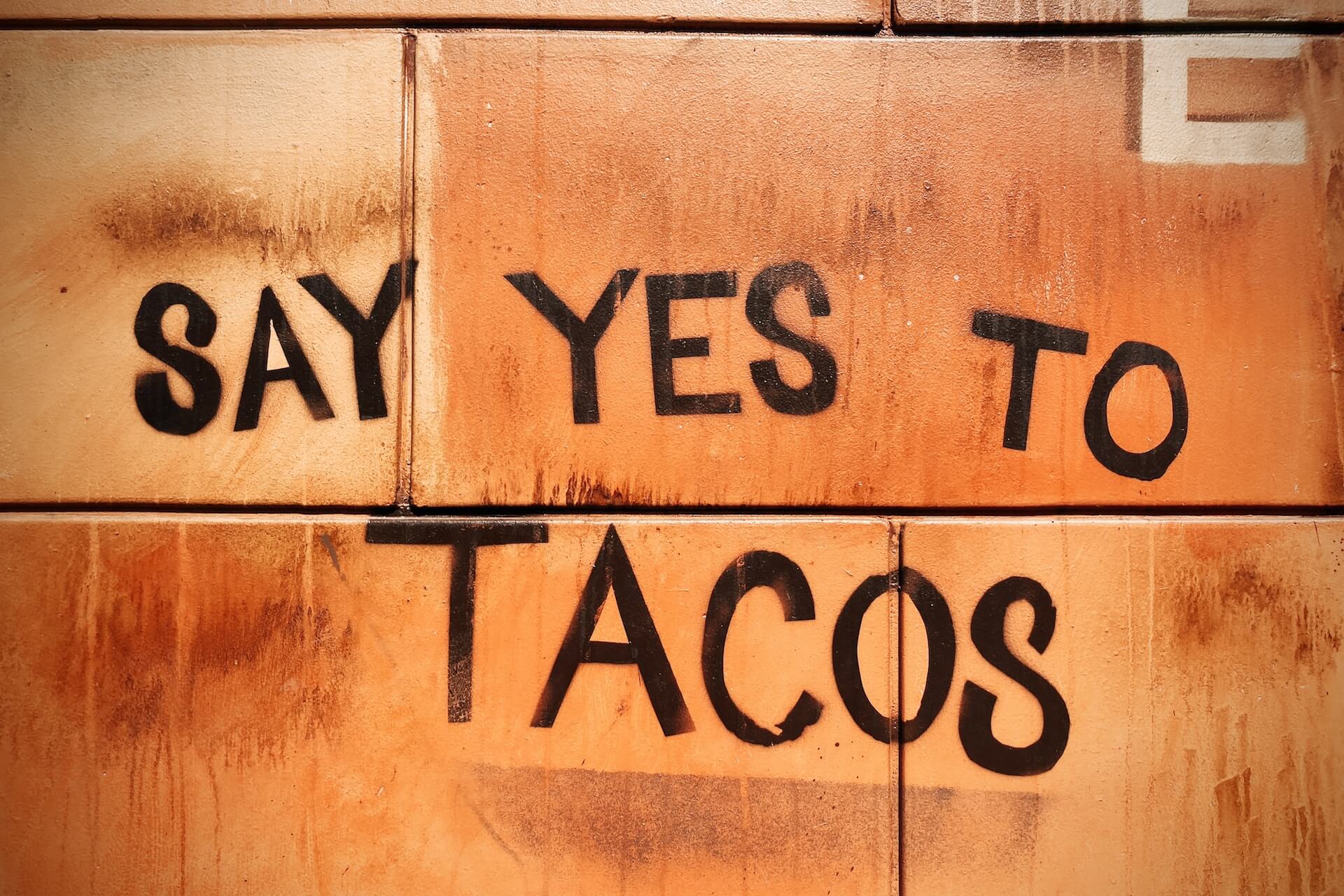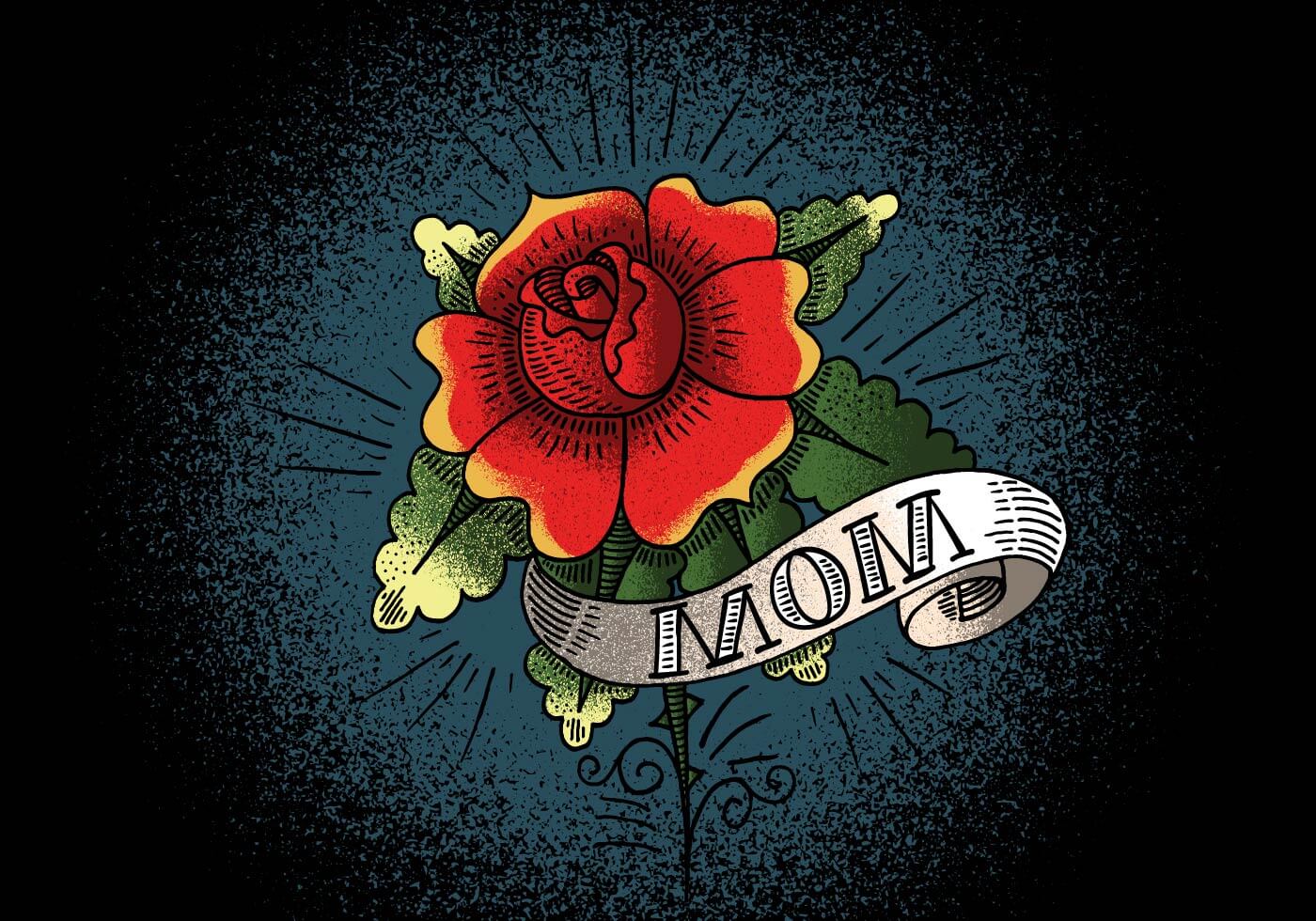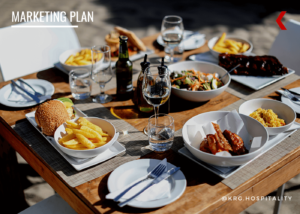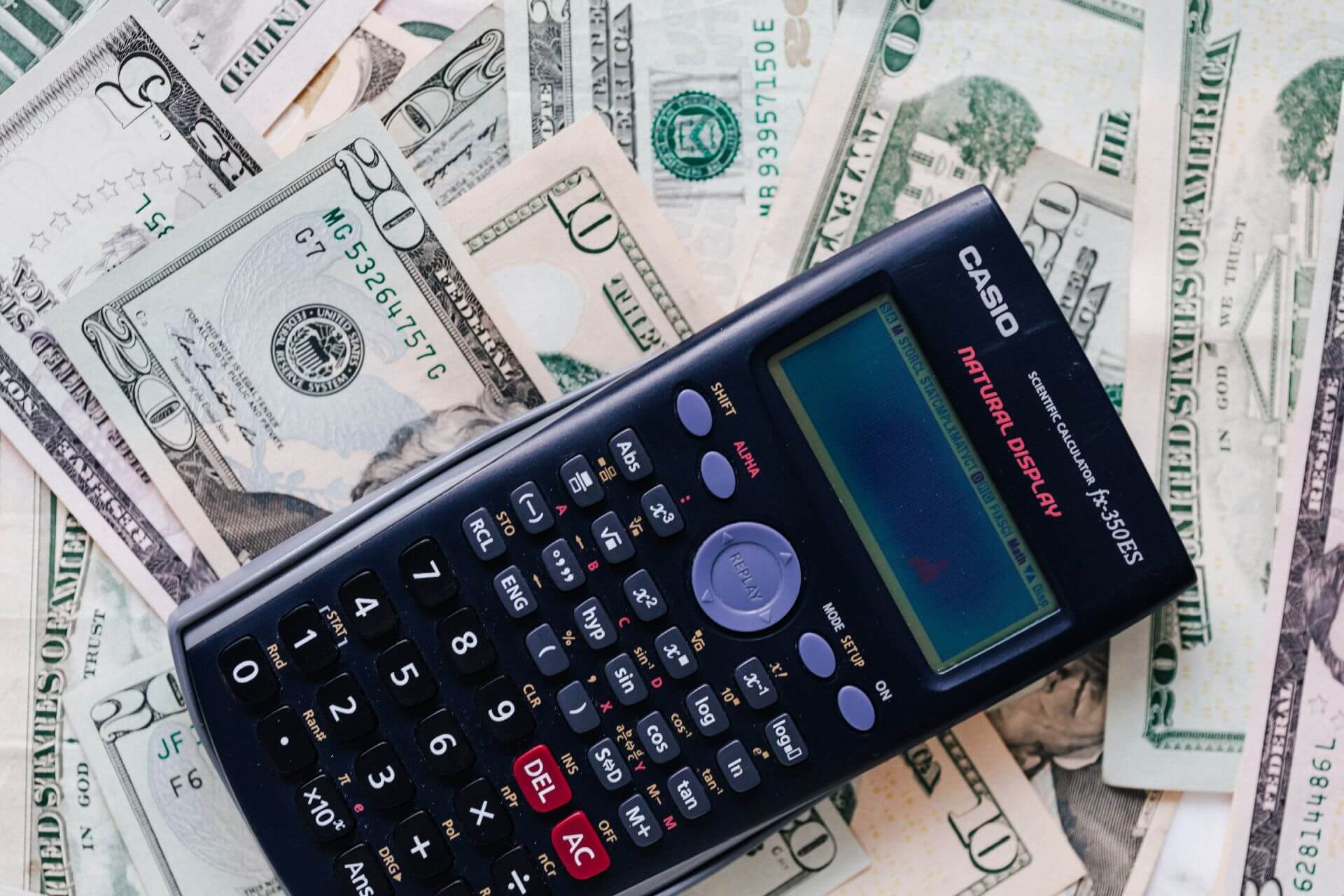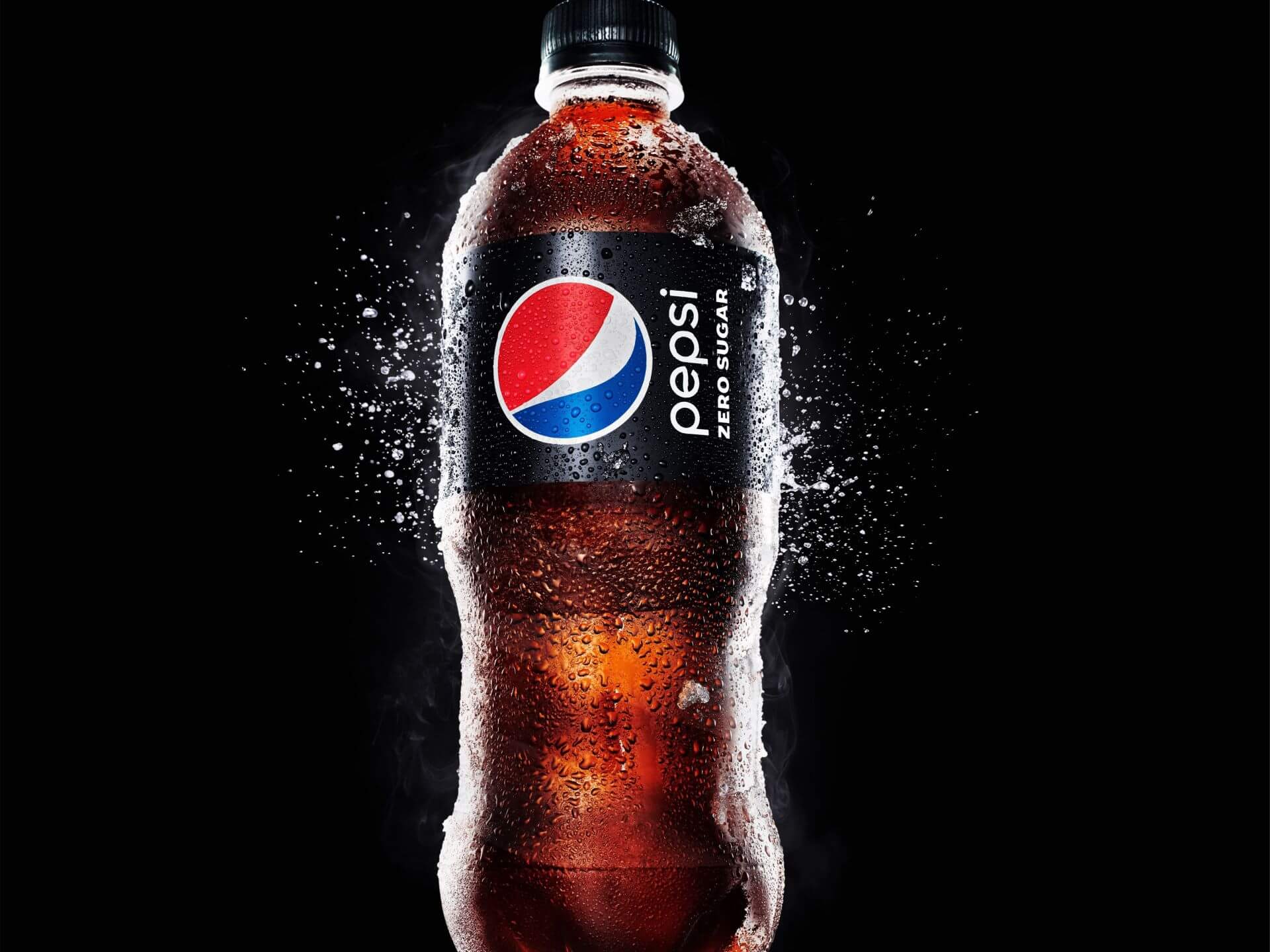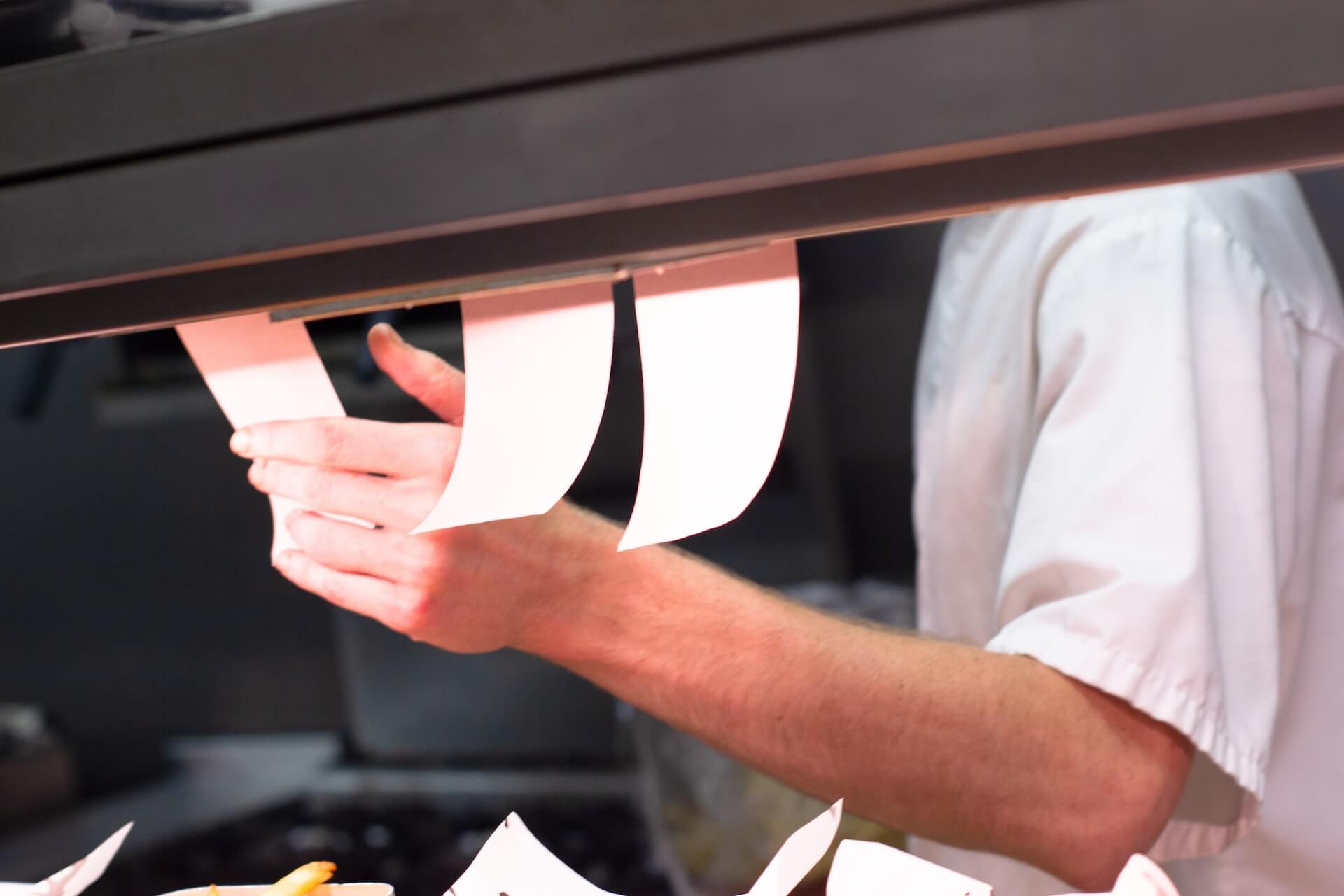Unlocking Growth Potential: Understanding TAM, SAM, and SOM
by Doug Radkey

After working through this with a client the other day, we thought it would be a good opportunity to explain the acronyms of TAM, SAM, and SOM.
These concepts can help your business start, stabilize, or scale.
Let’s be real: in the hospitality industry, understanding your market and its potential is paramount for sustainable growth and profitability. This is where the concepts of TAM (Total Addressable Market), SAM (Serviceable Addressable Market), and SOM (Serviceable Obtainable Market) come into play.
For bars, restaurants, and hotels, these metrics aren’t just marketing or financial jargon. Each provides critical insights that inform feasibility studies, shape marketing strategies, and guide business decisions.
Below, we’ll break down each of these concepts, illustrate how to calculate them, and explain their role in building effective strategies for your hospitality business.
The Definitions
TAM (Total Addressable Market)
TAM represents the overall revenue opportunity available if your business held 100 percent of the market share. It is the entire potential market size without any constraints like geography, budget, sociographics, or operational limits.
Example: For a new bar, the TAM would represent the total annual spend of all consumers in your market who drink out, regardless of their preferences, location within a region, or budget.
SAM (Serviceable Addressable Market)
SAM is the portion of TAM that your business can reach realistically, given practical limitations like geographic location, regulatory constraints, more targeted sociographics, and operational scope. Going further, SAM also considers factors that make a portion of the TAM unfeasible for your business to serve.
Example: Using the same bar concept, SAM would represent all the people within a certain radius who are willing to visit a bar with a similar concept, who can afford your menu, and who are within your reach given your physical location.
SOM (Serviceable Obtainable Market)
SOM is the segment of the SAM that your business can capture. This metric accounts for your competitors, market share estimates, and your unique ability to attract your ideal guests within your SAM.
Example: For the bar, SOM would be the percentage of patrons within your SAM that you expect, realistically, to convert into regular guests, taking into account competition, unique value proposition, and brand positioning.
Why These Metrics Matter
Each of these metrics provides a progressively more realistic picture of your business’ revenue potential.
Your business plan cannot be “targeting males and females between 25 to 45 years old.” You have to go much deeper than that to be successful.
TAM shows you the broadest possible opportunity, but SAM narrows it down based on serviceable factors. SOM gives you a realistic goal to aim for based on your most targeted factors.
Their Role in Feasibility Studies and Marketing Plans
In hospitality, feasibility studies are essential for understanding whether a business idea is viable.
When you’re assessing the potential of a new bar, restaurant, or hotel, the TAM, SAM, and SOM calculations give you quantitative data that can help you avoid common mistakes such as overestimating your market potential, or failing to identify target demographics accurately.
Feasibility Studies
- TAM Analysis: Helps validate whether there’s a broad demand for your concept.
- SAM Analysis: Identifies a focused portion of the market that fits within your operational range.
- SOM Analysis: Helps set realistic revenue goals by factoring in competition and market positioning.
When preparing a feasibility study, using TAM, SAM, and SOM ensures that your projections are grounded in reality, giving potential investors or stakeholders confidence in your plan.
Marketing Plans
Once you’ve established a feasible market, TAM, SAM, and SOM inform your marketing strategies.
- TAM helps you understand the entire universe of potential guests, useful for broader brand awareness campaigns.
- SAM directs you to specific geographic or demographic segments for targeted campaigns.
- SOM guides the creation of highly focused, competitive strategies to capture and retain market share in a specific segment.
By utilizing TAM, SAM, and SOM, your marketing plan becomes tailored, efficient, and likely to generate a higher return on investment.
How to Calculate TAM, SAM, and SOM for Your Hospitality Business
Step 1: Define Your Target Market
Before calculating TAM, SAM, and SOM, it’s essential to understand and define your target market. This includes analyzing demographics (age, income, education) and psychographics or sociographics (lifestyle, preferences, values).
For a local bar, restaurant, or hotel, understanding these details about your audience is crucial because your business’ reach will likely be local or regional.
If, for example, you’re opening an elevated cocktail bar, you might define your target market as:
- Travelers aged 30 to 50 with disposable income between $70,000 and $90,000 per year.
- Downtown business professionals who are interested in after-office food and beverages.
- Individuals and tourists seeking upscale F&B and unique guest experiences.
Did you know? In Canada and the US specifically, there are over 65 sociographic or “tapestry” profiles that make up the fabric of our neighborhoods.
Step 2: Calculate TAM
To calculate TAM, consider the total market demand for your type of service.
- Formula: TAM = (Total number of potential customers) × (Average annual spend per customer)
- Example for a Bar: If the estimated number of people in your city who visit bars is 200,000, and the average spend per person is $500 annually ($41.67 per month), the TAM would be 200,000 × $500 = $100 million.
Step 3: Calculate SAM
To calculate SAM, refine TAM by narrowing down to the guests you could reach realistically based on your location, budget, and other factors. Use your sociographic/tapestry profiles to help.
- Formula: SAM = (Total number of reachable guests within your service area) × (Average spend)
- Example for a Bar: Out of 200,000 potential guests, suppose only 50,000 are within a 10-mile radius who are between 25 and 45 years old, who drink, and who make between $50,000 and $70,000 per year. SAM would be 50,000 × $500 = $25 million.
Step 4: Calculate SOM
Finally, to determine SOM, evaluate how much of the SAM you believe you can capture realistically. This often depends on your competitive positioning, your marketing effectiveness, and operational capacity.
- Formula: SOM = (Total number of targeted guests you can convert realistically) × (Average spend)
- Example for a Bar: If you believe you can capture 10 percent of your SAM, SOM would be 5,000 guests × $500 = $2.5 million.
- Now, compare that to your daily, weekly, and monthly traffic projections and your daily, weekly, and monthly revenue projections. How close are you?
Sample Calculations for a Boutique Hotel Business
To illustrate these calculations, let’s imagine a boutique hotel in a medium-sized city:
- TAM Calculation:
- Target market: All tourists visiting the city annually.
- Estimated annual visitors: One million.
- Average annual spend per tourist on accommodations: $1,000.
- TAM = 1 million × $1,000 = $1 billion.
- SAM Calculation:
- Focused market: Visitors who prefer boutique hotels versus chain flags who are between 22 and 42 years old.
- Estimated visitors who prefer boutique hotels: 20 percent of TAM (200,000).
- SAM = 200,000 × $1,000 = $200 million.
- SOM Calculation:
- Realistically, the hotel expects to capture five percent of SAM based on its operations, the number of rooms, its daily rates, and expected occupancy rates.
- SOM = 10,000 guests × $1,000 = $10 million.
Why Defining Your Target Market is Crucial
All that said, calculating TAM, SAM, and SOM is only effective if you have a clearly defined target market. Hospitality businesses must understand their audience’s demographic and sociographic details, which is why initial market research is so essential.
For instance, if a new restaurant targets health-conscious millennials, knowing their spending patterns, dining preferences, and local competition will make the calculations more accurate.
With detailed sociodemographic insights, you can more precisely estimate TAM, SAM, and SOM, creating a feasibility study that reflects realistic market conditions.
The Benefits of Using TAM, SAM, and SOM in Your Business Planning
By incorporating TAM, SAM, and SOM into your feasibility studies and marketing plans, you can make data-driven decisions that increase your business’ chances of success.
Here’s how each metric adds value for you and your business:
- Informed Decision-Making: These metrics offer clarity for market potential, helping you avoid costly mistakes.
- Financial Confidence: TAM, SAM, and SOM provide stakeholders with measurable data, increasing confidence among investors or lenders.
- Efficient Marketing: Focusing on SOM in marketing efforts allows you to deploy resources effectively, targeting guests you are most likely to convert.
- Adaptability: These metrics aren’t static; you can adjust TAM, SAM, and SOM as market dynamics change, ensuring your business stays relevant.
Why Now is the Time to Embrace TAM, SAM, and SOM
In a competitive hospitality landscape, using TAM, SAM, and SOM can provide a strategic advantage. By understanding your true market potential, you can design a feasibility study and marketing plan that align with realistic growth goals.
While TAM shows you the big picture, SAM and SOM bring clarity to your specific opportunities, helping you prioritize resources and strategies that will yield the best return.
As you move forward with planning, remember: calculating TAM, SAM, and SOM is not a one-time task. Updating these metrics regularly as your business and the market evolve can provide insights that will keep your brand relevant and profitable.
My final thoughts: Before you dive into launching a new bar, restaurant, or hotel, take the time to do a deep dive into TAM, SAM, and SOM. It’s not just about understanding your market; it’s about maximizing your opportunity to stabilize and then scale within it.
By leveraging TAM, SAM, and SOM, you’ll be equipped to create a hospitality concept that doesn’t just survive but sets a new standard for success.
Image: Canva

Looking to Start, Stabilize, or Scale? Book Below to Setup a 60-Minute Result-Driven Impact Session.

